Chances are by now you’ve seen an LED light before. Whether you pass them by on a street sign, or they light up your Christmas tree during the holidays, the bright, bold light of an LED, or Light Emitting Diodes, is hard to miss.
Compared to other light sources, like CFLs, or compact fluorescent lightbulbs, and the standard incandescent, LEDs are very energy friendly and last a lot longer. If you’re looking to save money for your business, LEDs might be the way to go.
What are LEDs exactly?
LEDs use electricity to heat up tungsten filaments, which then produce the light you see advertising the latest products from your local grocery store. The different colored LEDs are actually the natural color of the light when it’s emitted. White LEDs don’t actually exist, and in order to get those colors they are mixed or covered with a phosphor material.
The good thing about LEDs is that the heat given off is significantly less than CFLs or incandescent light bulbs, which means they save on energy costs over the lifetime of the bulb, and you won’t likely burn yourself changing out bulbs.
Compared to CFLs and incandescent
LEDs are a very unique form of lighting, mainly because they are directional light sources, which means they give off light in a specific direction. CFLs and incandescent shine in all directions. So LEDs are great for focusing light when you’re trying to fix a pipe under the sink, but they have to be engineered in a specific way in order to be useful to light up a room.
However, unlike incandescent and CFLs, LEDs don’t “burn out” in the traditional sense. Instead, they experience what is known as lumen depreciation. You might think that light bulbs with higher wattage are brighter, but the brightness of bulbs are determined using lumens. With LEDs, the lumens simply decrease over time, but will rarely go out. Most LEDs remain bright for 40,000 hours or more before any loss of light is noticed.
Cost Comparison
When it comes to cost, the LED is in a league of its own. This is where the watts of a light bulb come into play. A light bulb’s wattage is the amount of electricity used to light up the bulb. That also can translate into how much energy you need to spend to light up your house or business. A regular incandescent light bulb uses about 60 watts. The same CFL bulb uses between 13 to 15 watts, but the LED bulb will use only 6 to 8 watts.
When it comes down to saving money and energy usage, LEDs are easily the winners. Incandescent light bulbs use about 3,200 kilowatts of energy per year, CFLs are at about 760
kilowatts, and LEDs come in around 320 kilowatts. That translates to about $328 per year for incandescent, $76 for CFL, and $32 for LEDs.
These costs are just estimates, but regardless of how often you use your lights, if you switch to LEDs, you’ll be saving money not only on energy use but you won’t have to keep buying light bulbs every month.

